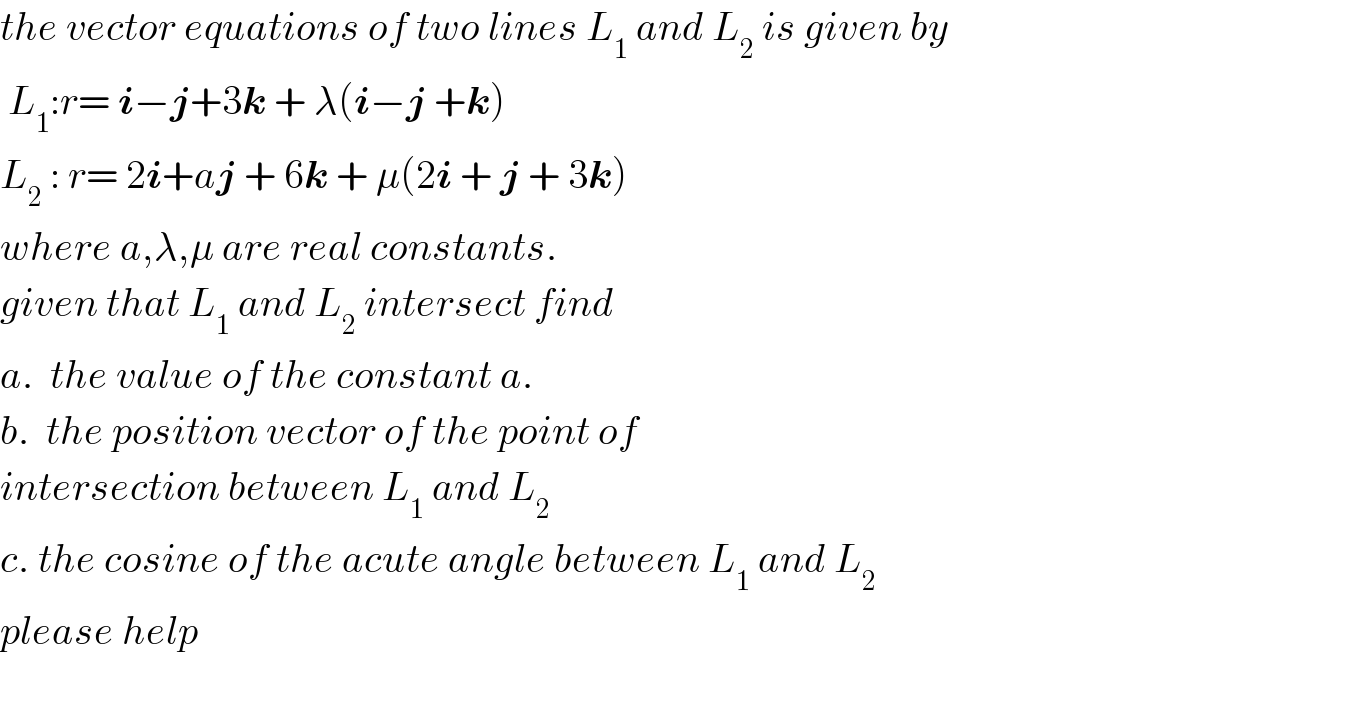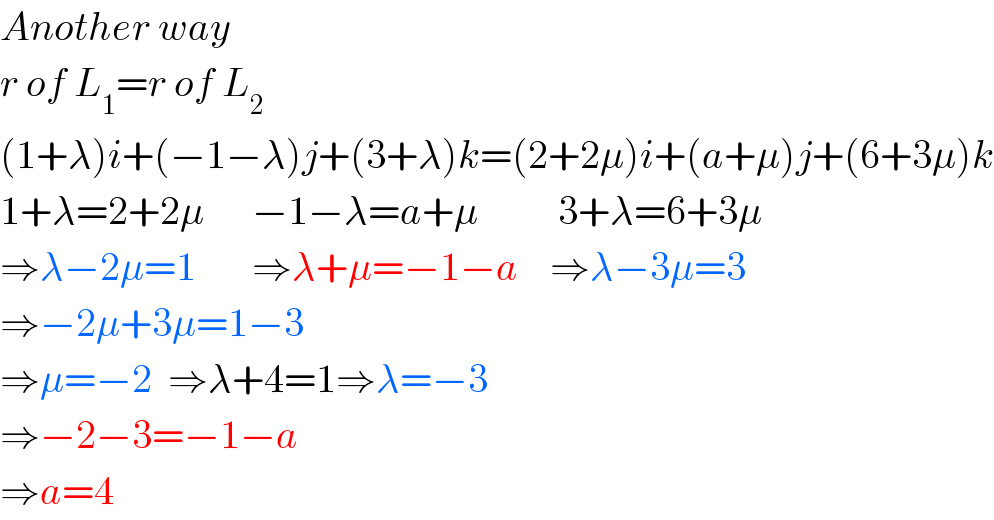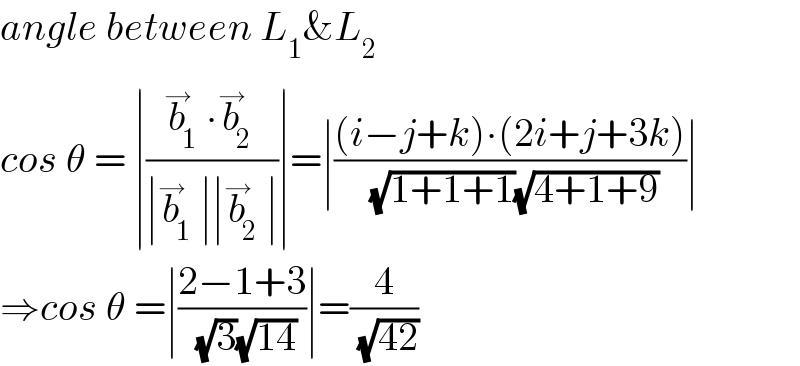
Question and Answers Forum
Question Number 75101 by Rio Michael last updated on 07/Dec/19

Commented by Kunal12588 last updated on 07/Dec/19

Commented by Rio Michael last updated on 07/Dec/19

Answered by Kunal12588 last updated on 07/Dec/19

Commented by peter frank last updated on 07/Dec/19

Answered by Kunal12588 last updated on 07/Dec/19

Answered by Kunal12588 last updated on 07/Dec/19

Commented by Rio Michael last updated on 07/Dec/19

Answered by Kunal12588 last updated on 07/Dec/19

Commented by Rio Michael last updated on 07/Dec/19

